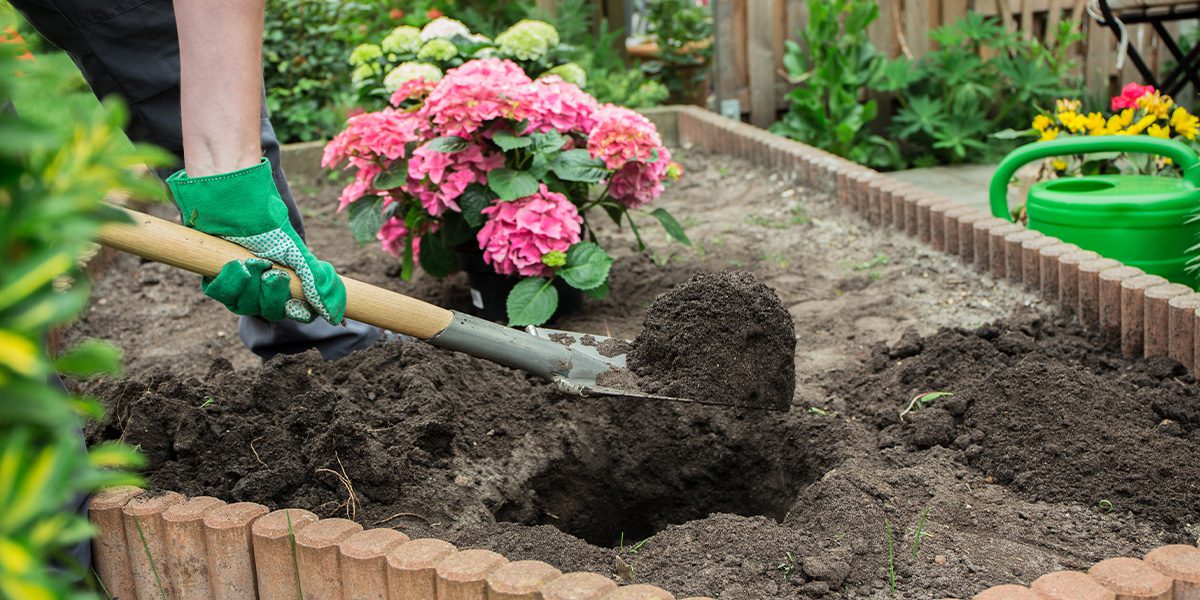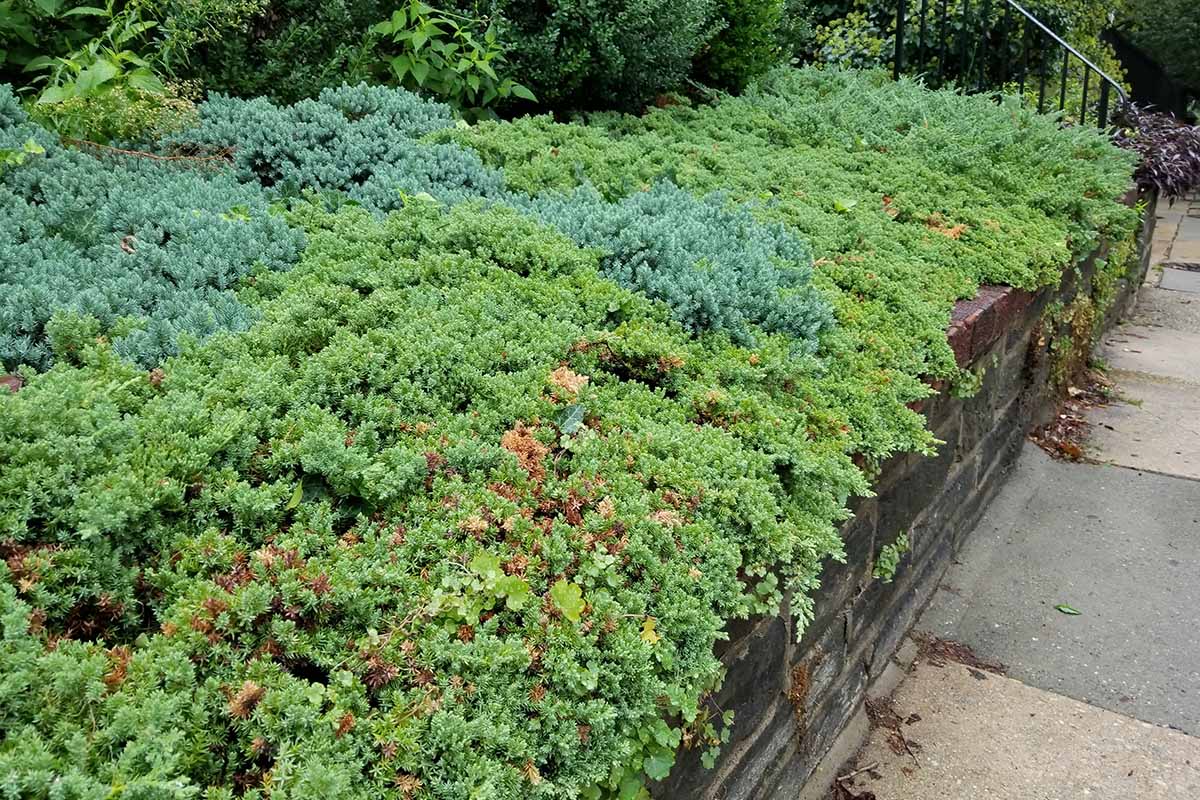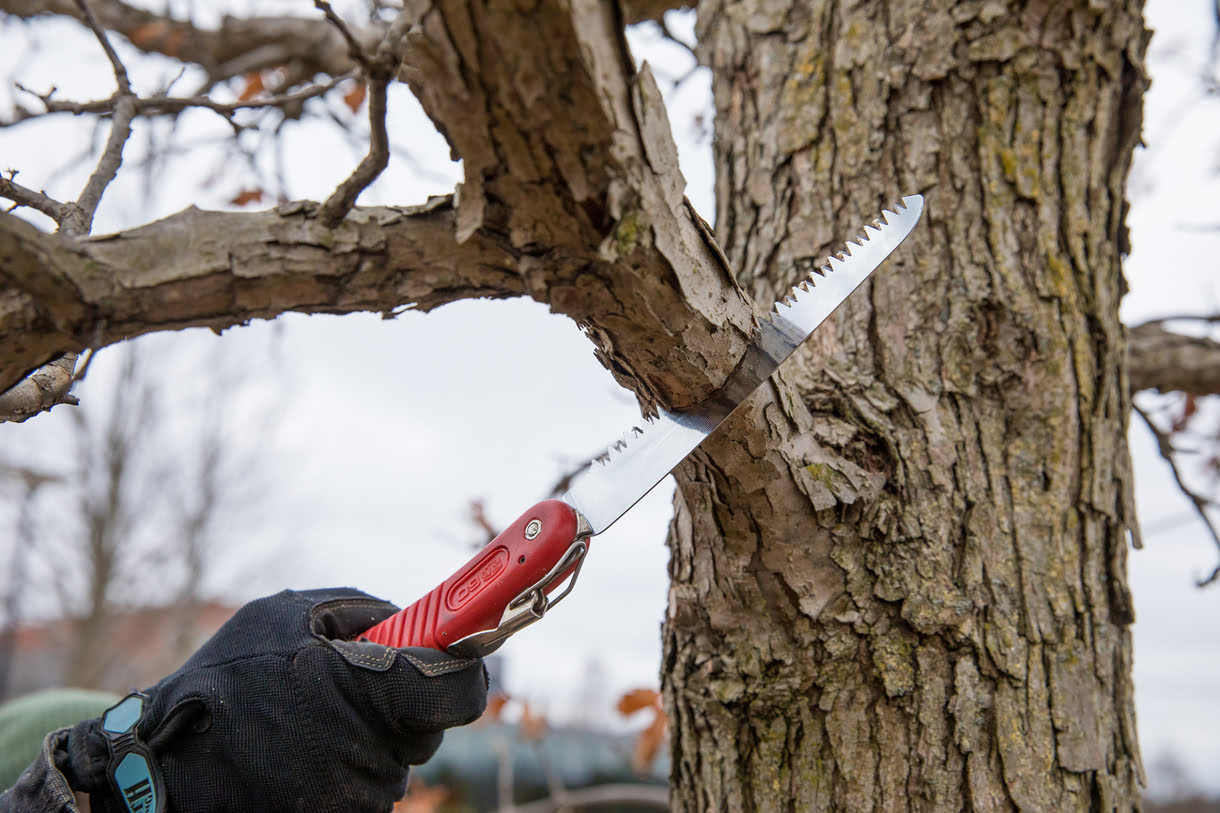Home>Gardening Basics>Understanding Soil>Should You Amend Soil When Planting Shrubs


Understanding Soil
Should You Amend Soil When Planting Shrubs
Modified: January 22, 2024
Discover the importance of understanding soil when planting shrubs and find out if you should amend your soil to ensure optimal growth and health for your plants.
(Many of the links in this article redirect to a specific reviewed product. Your purchase of these products through affiliate links helps to generate commission for Chicagolandgardening.com, at no extra cost. Learn more)
Table of Contents
Introduction
When it comes to planting shrubs, creating the ideal conditions for their growth is crucial. One key factor that can greatly impact their success is the soil. Understanding soil composition and its impact on plant health is essential for any gardener or landscaper. While some may argue that natural soil is sufficient for plant growth, others advocate for amending the soil to provide additional nutrients and optimize its properties.
In this article, we will explore the concept of amending soil when planting shrubs. We will discuss the potential benefits and drawbacks of this practice, as well as factors to consider before deciding to amend the soil. Additionally, we will explore alternative approaches to enhancing soil fertility and structure without amending the soil. By understanding the pros and cons of amending soil, you can make an informed decision when it comes to planting shrubs in your garden or landscape.
It is worth noting that different shrub species have varying soil requirements. Some shrubs thrive in acidic soil, while others prefer alkaline or neutral soil conditions. Understanding the specific needs of the shrubs you are planting is essential for their long-term health and growth.
Now, let’s dive into the benefits and drawbacks of amending soil when planting shrubs to help you make an informed decision for your garden.
Benefits of Amending Soil when Planting Shrubs
Amending the soil when planting shrubs can offer several advantages that contribute to the overall health and vitality of the plants. Here are some key benefits:
- Improved Nutrient Availability: By adding organic matter, such as compost or well-rotted manure, to the soil, you can enrich its nutrient content. This provides shrubs with a readily available supply of essential nutrients, promoting healthy growth and development.
- Enhanced Soil Structure: Amending the soil helps improve its structure, especially in heavy clay or sandy soils. Organic matter helps improve soil drainage in clay soils, preventing waterlogged conditions that can suffocate plant roots. In sandy soils, organic matter helps retain moisture and increase nutrient-holding capacity.
- Increased Water Retention: Amended soil has better water-holding capacity, ensuring that shrubs have access to sufficient moisture during dry spells. This reduces the need for frequent watering and helps establish plants more effectively.
- Optimized pH Levels: Some shrubs require specific soil pH levels to thrive. Amending the soil allows you to adjust its pH, creating a more suitable environment for the particular shrubs you are planting.
- Improved Microbial Activity: The addition of organic matter stimulates microbial activity in the soil. These microorganisms break down organic matter, releasing nutrients in a form that plants can readily absorb. This symbiotic relationship between plants and soil microbes enhances nutrient cycling and overall soil health.
- Long-Term Benefits: The benefits of amending soil extend beyond the initial planting. Over time, the organic matter added to the soil continues to decompose, enriching the soil with nutrients and improving its overall fertility. This creates a conducive environment for not only the shrubs you’ve planted but also for future plants.
Considering these benefits, it is evident that amending the soil can significantly contribute to the success of shrubs in your garden or landscape. However, it’s important to weigh these advantages against the potential drawbacks, which we will explore in the next section.
Drawbacks of Amending Soil when Planting Shrubs
While amending soil can offer several benefits, it’s important to consider the potential drawbacks before deciding to amend the soil when planting shrubs. Here are some key considerations:
- Cost and Labor Intensity: Amending soil can be a time-consuming and costly process. It requires sourcing and purchasing suitable organic matter, such as compost or manure, and then incorporating it into the existing soil. Additionally, amending larger areas of land can require significant physical effort and machinery.
- Disruption of Soil Ecosystem: Amending the soil can disturb the existing microbial communities and beneficial organisms that naturally reside in the soil. This disruption can temporarily affect the soil’s ecological balance and ecosystem functions.
- Potential Nutrient Imbalances: While adding organic matter can enhance nutrient availability, excessive amendments can lead to nutrient imbalances in the soil. This can negatively impact plant growth and may require additional monitoring and adjustments to maintain optimal nutrient levels.
- Requirement for Ongoing Maintenance: Amended soil needs continued maintenance to sustain its enhanced properties. Organic matter decomposes over time, and its effects may diminish if not regularly replenished. This ongoing maintenance can involve additional costs and efforts.
- Incompatibility with Native Soil: In some cases, the soil amendments may not blend well with the native soil, leading to distinct layers or boundaries. This can affect water movement, nutrient distribution, and root growth. It’s important to ensure proper mixing and blending of amendments with the native soil to avoid any negative consequences.
Considering these drawbacks, it is important to carefully evaluate whether the potential benefits of amending the soil outweigh the associated drawbacks. It’s essential to assess the specific needs of the shrubs you are planting and the condition of the existing soil before deciding to amend.
Factors to Consider before Amending Soil
Before deciding to amend the soil when planting shrubs, it’s essential to consider several factors. These considerations will help you make an informed decision and ensure the long-term success of your plants. Here are the key factors to keep in mind:
- Soil Test: Conduct a soil test to determine the current nutrient levels, pH, and organic matter content of your soil. This will provide valuable insights into whether amendments are necessary and the specific requirements of the shrubs you plan to plant.
- Shrub Species: Research the specific soil requirements of the shrub species you intend to plant. Some shrubs prefer acidic soil, while others may thrive in alkaline or neutral conditions. Understanding their preferences will guide you in determining whether amendments are necessary to meet their needs.
- Native Soil Composition: Assess the composition and texture of your native soil. If it is already well-drained and fertile, there may be no need for extensive amendments. On the other hand, if the soil is compacted, lacks organic matter, or has poor drainage, amending can greatly improve its structure and fertility.
- Accessibility of Amendments: Consider the availability and cost of suitable amendments in your area. Assess whether you can easily obtain organic matter, such as compost or well-rotted manure, and determine the feasibility of incorporating it into your soil.
- Time and Resources: Evaluate your time and resources available for the amendment process. Amending soil can be labor-intensive, requiring physical effort and equipment. If you have limited time or resources, you may need to explore alternative soil enhancement methods.
- Long-Term Sustainability: Consider the long-term sustainability of the amended soil. Determine whether the amendments will continue to provide benefits over time or require regular maintenance and replenishing. This will influence the ongoing time and cost commitments associated with maintaining the amended soil.
By carefully considering these factors, you can make an informed decision about whether to amend the soil when planting shrubs. It’s important to strike a balance between the specific needs of the shrubs, the condition of the native soil, and the practicality of the amendment process.
Alternatives to Amending Soil when Planting Shrubs
While amending the soil can be beneficial, it may not always be necessary or practical. Fortunately, there are alternative approaches to enhance soil fertility and structure when planting shrubs. Here are some alternatives to consider:
- Topdressing with Organic Matter: Instead of fully amending the soil, you can opt for topdressing with organic matter. This involves spreading a thin layer of compost, well-rotted manure, or other organic materials on the soil surface. Over time, rainfall and natural processes will gradually incorporate the organic matter into the soil, improving its fertility.
- Mulching: Applying a layer of organic mulch around shrubs can help conserve moisture, regulate soil temperature, and suppress weed growth. As the mulch breaks down, it adds organic matter to the soil, enhancing its structure and nutrient content. However, it’s important to keep the mulch a few inches away from the base of the shrub to prevent moisture-related issues.
- Companion Planting: Companion planting involves interplanting shrubs with other plants that provide mutual benefits. For example, leguminous plants, such as clover or beans, can fix nitrogen in the soil, enriching it naturally. Additionally, certain plants may have allelopathic properties that suppress weed growth or deter pests, reducing the need for amendments or chemical interventions.
- Fertilizer Application: If the existing soil is relatively fertile, you can supplement it with targeted fertilization based on the nutrient needs of the shrubs. Conduct a soil test to identify any nutrient deficiencies and apply appropriate fertilizers accordingly. This method allows you to provide specific nutrients without the need for extensive soil amendment.
- Water Management: Proper water management plays a crucial role in plant health. By optimizing irrigation practices, you can ensure that shrubs receive sufficient water without waterlogging the soil. This helps prevent excessive leaching of nutrients and promotes the development of a healthy root system.
Considering these alternatives to amending the soil, you can find suitable approaches depending on your specific situation and garden requirements. It’s important to assess the condition of your native soil, the needs of the shrubs, and the resources available to determine which alternative method is most feasible and effective.
Conclusion
When it comes to planting shrubs, the condition of the soil plays a crucial role in their overall health and growth. While amending the soil can offer numerous benefits, such as improved nutrient availability, enhanced soil structure, and optimized pH levels, it’s important to carefully consider the potential drawbacks and evaluate whether it is necessary for your specific situation.
Factors such as the shrub species, native soil composition, accessibility of amendments, time and resources, and long-term sustainability should all be taken into account when making a decision. Conducting a soil test and researching the specific needs of the shrubs you intend to plant will guide you in determining whether amendments are necessary or if alternative methods, such as topdressing with organic matter or mulching, could be more suitable.
Additionally, it’s important to remember that soil is a living ecosystem, and amending it should be a thoughtful and deliberate process. It’s crucial to maintain the ecological balance of the soil and avoid over-amending or creating imbalances in nutrient levels.
Ultimately, the goal when planting shrubs is to create an environment that promotes their healthy growth and long-term vitality. Whether you choose to amend the soil or explore alternative methods, the key is to ensure that the soil provides the necessary nutrients, good structure, and appropriate moisture levels to support the shrubs’ needs.
By considering the factors discussed in this article and making an informed decision, you can set the stage for successful shrub planting and enjoy a beautiful and thriving garden or landscape.









